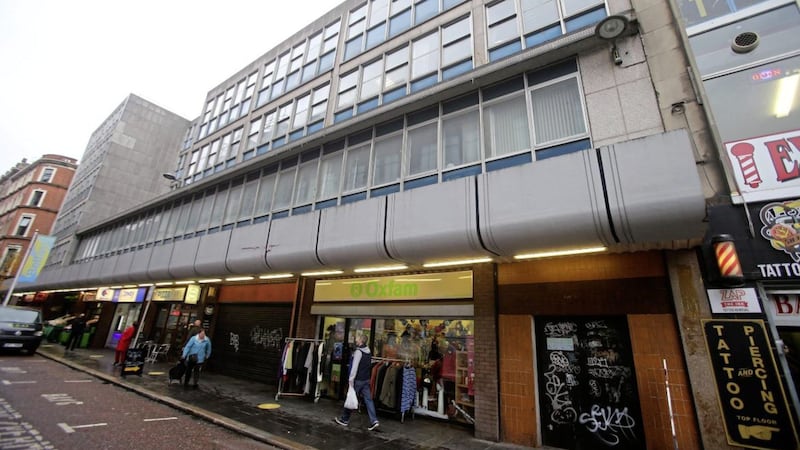TWO years of pandemic-related work experience has thrown a much-needed spotlight on what working life should look and feel like. No, this is not yet another article about working from home, but rather a look at who we are when we are at work.
In these heady days of abbreviations and acronyms such as ESG (environmental, social, governance) and EDI (equality, diversity, inclusion) we are now seeing staff bringing “their whole selves to work” and breaking down demarcation lines where old-school personnel managers might have been heard to say “that’s not a workplace issue”.
The blurring of the lines between what is and what is not a workplace issue has been on the minds of many of us throughout the global pandemic. It has given us a fresh perspective on working life, what it should consist of and what is in and out of the mix of life and work. Instead of thinking of things as being an outward looking extension of the workplace there is now more corporate introspection about the scope of what can’t be guillotined from workplace cultures.
This can be uncomfortable subject matter for some, and it’s perhaps easy to attach a label to something as part of a perceived “woke agenda” of a de facto workplace culture war with thorny issues around identity politics providing predictable ammunition.
The fact is we don’t leave who we are or the personal baggage we carry at the door of the workplace but that doesn’t mean that a single issue defines us. It is about the manifestation of the issues in our workplace relations with our colleagues that’s the key.
That’s why menopause, domestic violence, gender identity, neuro-diversity and a whole host of other such issues and social identities are fairly and squarely considered workplace issues. How they are handled in the workplace is what we’re really interested in. How we have respectful conversations about things we are uncomfortable with, or have an opposing view on, without wandering into the realms of a potential harassment claim.
Once again this speaks to the workplace culture and the tone being set at the top. Paying lip service to being a welcoming, tolerant, and harmonious employer will soon be realised and the proof will be in how staff get along with the environment that is created, or the conduct engaged in.
It requires some honest conversations, clear parameters, safe spaces, scope for disagreement and even some constructive conflict to get the culture right. We spend an inordinate amount of time at work so people should be real about what is or is not a workplace issue without judgment, but also without fear of holding a personal view.
What we say and how we act in relation to a matter as emotive as domestic violence and the approach of our employer speaks volumes about our personal contribution to the cultural jigsaw that is the workplace. We all come to work and view work through the lens of our own personal biases, and we must realise that we as individuals create, reinforce, challenge and sometimes leave behind workplace cultures that we can perhaps ease into or as equally rail against.
The last two years have shown us that many employers have listened and embraced the wider notion of what is a workplace issue that staff simply cannot leave on the doorstep of work and so are more willing to say: “come as you are . . . to work”.
:: Mark McAllister is director of employment relations services at Labour Relations Agency NI








